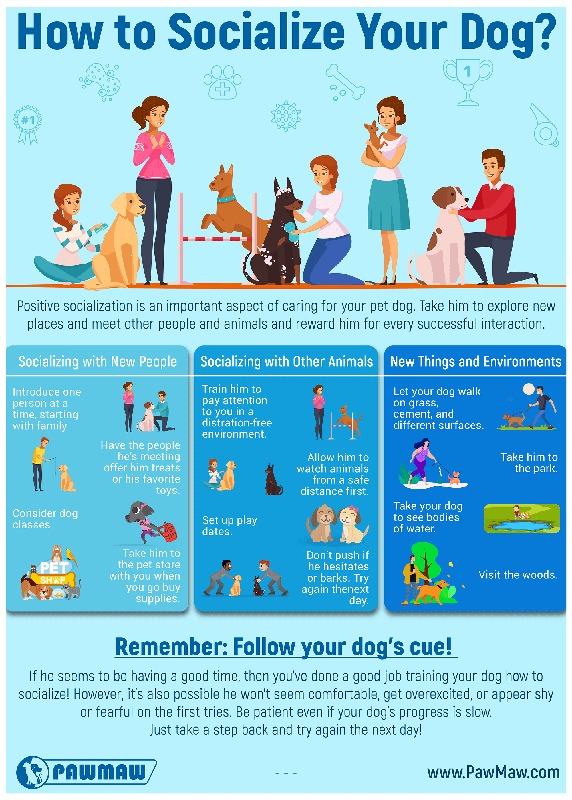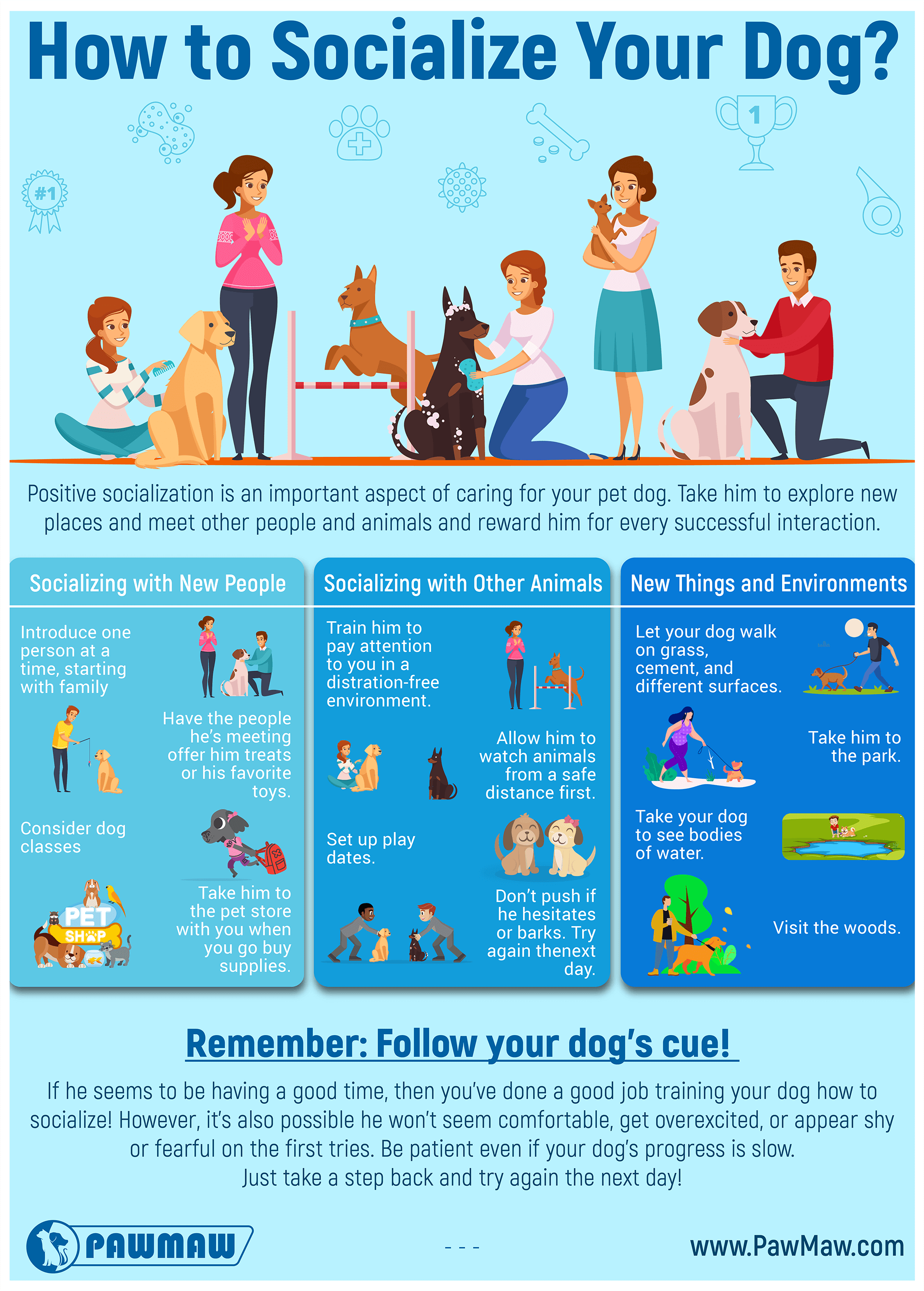When it comes to socializing dogs, many of us are guilty of underestimating the importance of this crucial aspect of canine development. But let me tell you – a well-socialized pup is not just a happy one, but also a confident and calm adult dog.
The Best Way to Socialize Dogs
In this blog post, we’ll dive into the world of socialization and explore what it means for your furry friend. We’ll discuss why socialization matters, and most importantly, provide you with practical tips on how to get started.
Why Socialization Matters: A Brief Overview
Socialization is the process of exposing your dog to various environments, people, animals, sights, sounds, and experiences that mimic real-life situations. This helps them develop essential skills like confidence, calmness, and good behavior in the presence of others.
Think about it: when you take your pup for a walk or visit the park, they’re bombarded with new smells, noises, and sights. A well-socialized dog is better equipped to handle these stimuli without getting overwhelmed or anxious. This, in turn, reduces the likelihood of unwanted behaviors like barking, whining, or even aggression.
Now that we’ve established why socialization is crucial, let’s move on to the first key point: (to be continued).

To get started with socialization, it’s essential to understand that every pup is unique and requires a personalized approach. Some may need more time and exposure to certain stimuli than others. So, how do you know where to begin?
A Step-by-Step Guide to Socializing Your Dog
Start by creating a socialization plan tailored to your dog’s needs, age, and breed. This could include exposing them to:
- New people: Invite friends over, take your pup on walks in busy areas, or visit dog parks.
- New environments: Explore new places, such as pet stores, libraries, or community centers.
- New sights and sounds: Expose your pup to loud noises, unusual smells, or unfamiliar objects.
- New textures and surfaces: Let them explore different textures, like grass, concrete, or carpet.
Remember to keep initial socialization sessions short and positive. Aim for 5-10 minute intervals, depending on your pup’s attention span and energy level. As they become more comfortable, you can gradually increase the duration and intensity of the experiences.
Key Takeaways:
- Socialization is a gradual process that requires patience, consistency, and positive reinforcement.
- Every dog is unique, so tailor your socialization plan to your pup’s individual needs and personality.
- Start with short, positive sessions and gradually increase the duration and intensity as your pup becomes more comfortable.
If you’re new to socializing dogs or need further guidance, check out the American Kennel Club’s (AKC) comprehensive guide on socialization. This resource provides valuable tips and advice for dog owners of all levels. Read more.
In our next installment, we’ll dive deeper into the world of socialization, covering topics like:
- Why you should prioritize early socialization (before age 16 weeks)
- Tips for socializing your pup in various environments and situations
- How to handle common challenges and setbacks during the socialization process
Stay tuned for more insights on raising a well-socialized, confident, and calm adult dog!
Expert Advice on Dog Socialization
Get personalized guidance on socializing your dog with our expert consultation service.
Get Expert GuidanceSocialization is not just about exposing your dog to new things; it’s also about teaching them how to respond to these stimuli in a calm and confident manner. By providing positive reinforcement training, you’re helping your pup develop good habits and reducing the likelihood of unwanted behaviors.
Key Points Recap
We’ve covered some essential information so far:
- Socialization is crucial for canine development, leading to a happier, more confident, and calm adult dog.
- Exposing your pup to various environments, people, animals, sights, sounds, and experiences helps them develop essential skills like confidence, calmness, and good behavior in the presence of others.
Final Insights
The key takeaway from this blog post is that socialization should be a priority for dog owners. By incorporating socialization into your daily routine, you’ll not only help your pup develop essential skills but also strengthen the bond between you and your furry friend.
A Strong Conclusion
In conclusion, socializing your dog is an investment in their future well-being. It’s a process that requires patience, consistency, and positive reinforcement training. By following these practical tips and making socialization a priority, you’ll be giving your pup the best possible start in life. So, get out there and start socializing – your furry friend will thank you!
I just adore you asking for more: Dive into this captivating article to uncover the secrets behind effective communication in relationships. Find out how asking for what you want can lead to a deeper connection with your loved ones.
The best food for large breed dogs: Are you the proud owner of a lovable giant? Learn how to keep your furry friend happy and healthy with our expert guide on the top foods for large breed dogs. From nutrition tips to health advice, don’t miss out!


